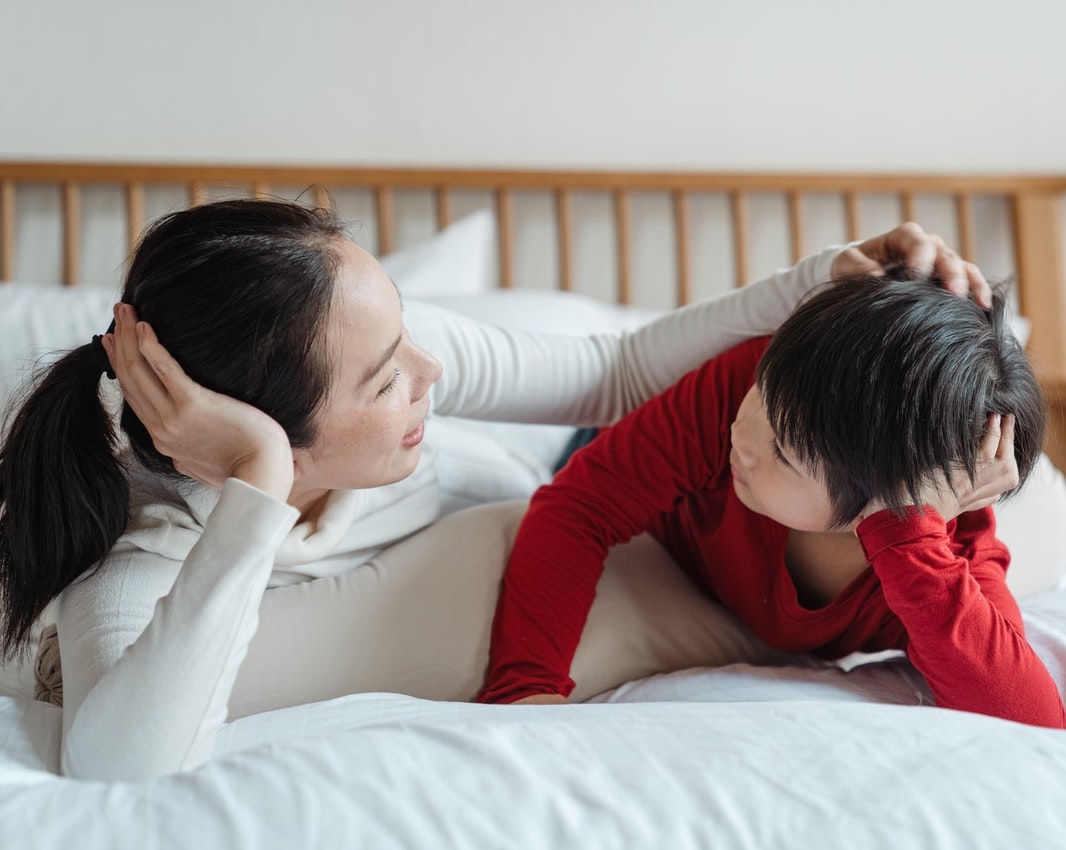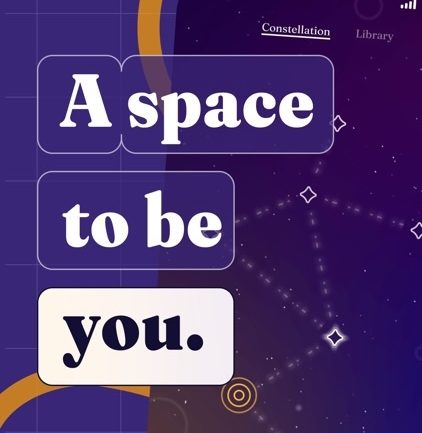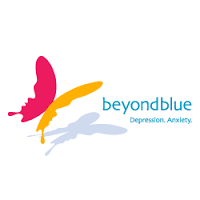 Lynelle Schneeberg, a pediatric sleep psychologist and author of “Become Your Child’s Sleep Coach,” offers some tips and tricks from years of helping families and children get better sleep.
Lynelle Schneeberg, a pediatric sleep psychologist and author of “Become Your Child’s Sleep Coach,” offers some tips and tricks from years of helping families and children get better sleep.
Sleep crutches and bedtime baskets
In sleep medicine, a “sleep crutch” refers to the actions or objects that help someone fall asleep. Adults, for instance, might prefer one side of the bed or only use a certain type of pillow. For some children, having a parent perform a soothing action, such as singing or rubbing their back can be a sleep crutch. Kids who get the best sleep, though, are the ones whose sleep crutches are not another human, according to Schneeberg. Schneeberg suggests creating a “bedtime basket.” That’s a bin or basket that is filled with age-appropriate activities that are relaxing and distracting, such as books, puzzles and drawing pads. Kids can use these items after being tucked in, rather than relying on a parent to stay in the room until they drift off.
Using the 5 Bs
Before kids get to the bedtime basket, though, a consistent routine plays a big role in healthy sleep habits. Schneeberg recommends trying the 5 Bs:
- Bite (a bedtime snack)
- Bath/washing up
- Brushing teeth
- Bathroom (a last trip to the loo)
- Books with mom or dad
For the last one, Schneeberg said that parents should set parameters, such as a set number of picture books per night, a certain number of chapters or a specific amount of time.
Limiting Stalling
Kids get really creative when trying to delay bedtime, said Schneeberg.
To help parents limit stalling while still showing care, Schneeberg recommends the strategy of “bedtime tickets,” in which parents decorate index cards or sticky notes and give a certain amount to their child per night. Of course you’ll close their closet door, you’ll look under their bed or you’ll fix their blanket. But you won’t do 17 things. You’ll do two things,” Schneeberg explained. Once both tickets are used, the parent can remind the child to make use of the items in their basket until they are sleepy. This reinforces the message that “you don’t have to fall asleep but it is bedtime.”
Excerpted from “How to Help Young Children Sleep Better During COVID-19” in KQED’s MindShift. Read the full article online.
Source: MindShift | How to Help Young Children Sleep Better During COVID-19, https://www.kqed.org/mindshift/56222/how-to-help-young-children-sleep-better-during-covid-19 | © 2020 KQED INC
Do you need someone to talk to? CHC can help. We invite you to call or email our Care Managers at 650.688.3625 or careteam@stage.chconline.org to set up a free 30-minute consultation. CHC teletherapy services are available now.






